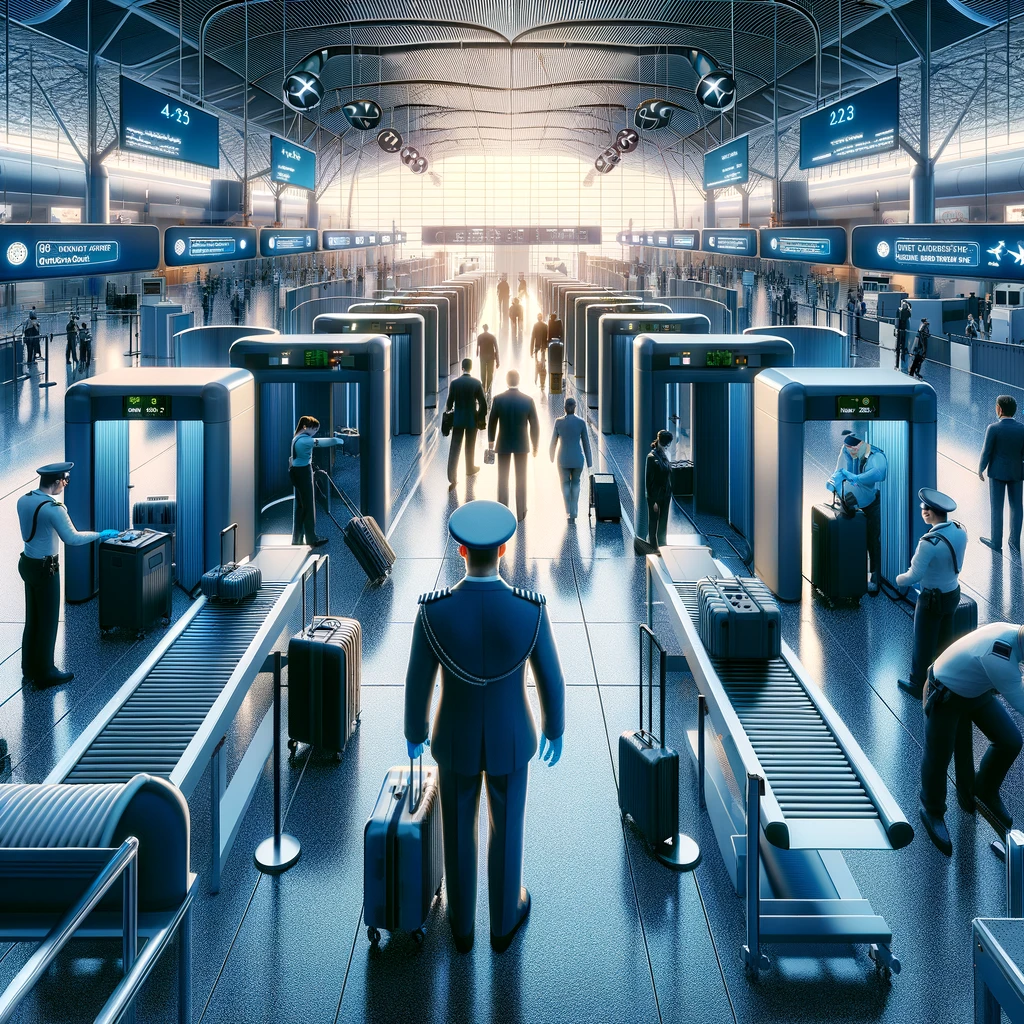In the wake of growing threats to international air transport, the legal framework surrounding aviation security has become a cornerstone of global efforts to protect passengers, crew, and infrastructure.

We go into the intricacies of aviation security legislation, outlining its development, key components, and the impact on the aviation industry.
The Genesis of Aviation Security Legislation
Before the tragic events of September 11, 2001, aviation security was primarily the responsibility of individual nations. The attacks catalyzed a paradigm shift, underscoring the need for a unified global stance on aviation security. Subsequently, the European Union (EU) and the International Civil Aviation Organization (ICAO) spearheaded efforts to establish comprehensive legal frameworks aimed at preempting acts of unlawful interference with civil aircraft.
The Framework of International Aviation Security
The foundation of international aviation security legislation is Annex 17 of the Chicago Convention, crafted by ICAO. This document, subject to regular amendments, sets forth standards and recommended practices (SARPs) encompassing various aspects of aviation security, including passenger and baggage screening, airport and aircraft security, and cargo inspection. Annex 17’s continual evolution reflects the dynamic nature of threats to aviation security, ensuring that the legal framework remains responsive to emerging challenges.

European Union’s Legislative Milestones
In parallel, the EU has been instrumental in harmonizing aviation security standards across its member states. Regulation (EC) No 300/2008 marked a significant milestone, replacing the initial framework and establishing common rules and basic standards for aviation security within the EU. This regulation, supplemented by subsequent directives and regulations, underscores the EU’s commitment to maintaining high levels of aviation security through a balance of protective measures, operational efficiency, and respect for individual rights.
Governance and Implementation
The responsibility for implementing and enforcing aviation security legislation rests with both national governments and individual operators. States are tasked with developing national civil aviation security programs that align with ICAO’s SARPs, while airline operators and airports must institute specific security protocols. The Aviation Security Policy (ASP) Section of the Aviation Security and Facilitation Branch plays a critical role in developing new SARPs and ensuring their adoption and implementation globally.
Collaborative Efforts and Global Compliance
The effectiveness of aviation security legislation hinges on global cooperation and compliance. The ASP Section works closely with various UN agencies and international bodies, such as the UN Counter-Terrorism Committee Executive Directorate (UNCTED) and the International Air Transport Association (IATA), to promote the implementation of security-related SARPs. This collaborative approach facilitates a unified response to security threats and fosters the sharing of best practices among nations and industry stakeholders.
Implications for the Aviation Industry
The evolving legal landscape of aviation security has profound implications for the industry. On one hand, standardized security measures enhance safety and foster public confidence in air travel. On the other, they impose operational and financial burdens on airlines and airports, necessitating ongoing adjustments to comply with new regulations. Furthermore, the emphasis on a positive security culture underscores the collective responsibility of all personnel to uphold security protocols, reinforcing the notion that effective security is a shared endeavor.
As threats to aviation continue to evolve, so too will the legal frameworks designed to counter them. Future legislation will likely focus on incorporating technological innovations, enhancing international cooperation, and refining security protocols to address emerging challenges. For the aviation industry, staying abreast of legal developments and actively participating in the formulation of security standards will be critical to ensuring not only compliance but also the safety and security of global air travel.
Source:
